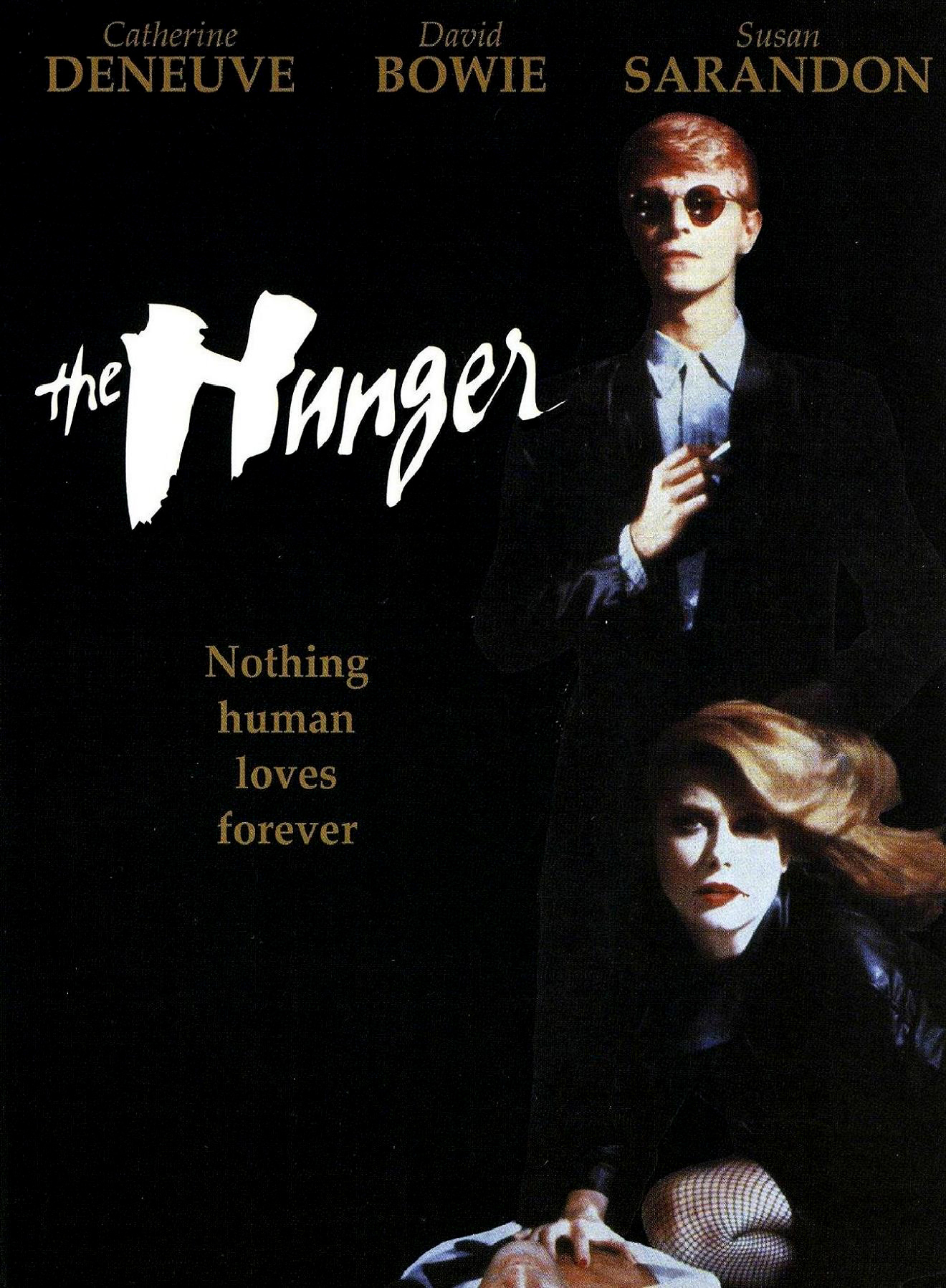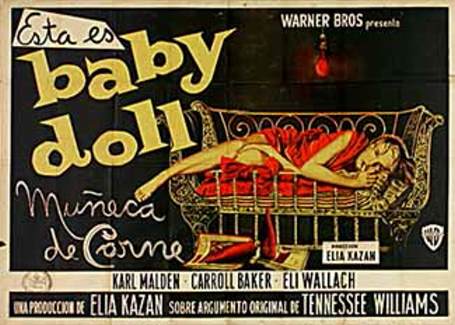Revisit: Krull

A Columbia Pictures release 1983
Directed by Peter Yates
Written by Stanford Sherman
A prince and a fellowship of companions set out to rescue his bride from a fortress of alien invaders who have arrived on their home planet.
Star Wars meets Lord of the Rings in this fantasy medieval space mash up. The story follows the typical fantasy archetype: long awaited prophecy involving a future king and his bride finally comes to pass, as the prince must rescue the princess before the evil consumes the land. Only for some reason the evil in this film is a giant Alien looking creature who controls a nasty set of beetles inside Darth Vader-like stormtrooper suits that shoot lasers.
Literally everything in this film is an amalgamation of LOTR & Star Wars, from the epic landscape shots, complete with a snowy mountain trek and wild horse rides through forests and plains, to the pew! pew! laser shootouts in close quarters. There are giant spiders, a cyclops, bumbling magicians, elaborate sets, natural sets. It's even got Liam Neeson.
For some reason, despite the film's lengthy expositions, I couldn't quite grasp the main character's name, or the name of his shiny sharp boomerang. But thankfully, the title of the film is enough to describe all people, places, and objects within it. "Did Krull get his Krull back?", "Oh shit, he's gonna toss the Krull!", etc. I laughed a whole lot while watching this but unless you're a serious fan of early 80's fantasy epics (Dark Crystal, Labyrinth, Beastmaster, etc.), you probably won't want to watch this. It's too cheap and slow for modern audiences, and too silly to take seriously.
Peter Yates, by the way, directed the supremely awesome Steve McQueen vehicle Bullitt. He was nominated for two Oscars the year this film was released -- both for his follow up, The Dresser, with Albert Finney.








